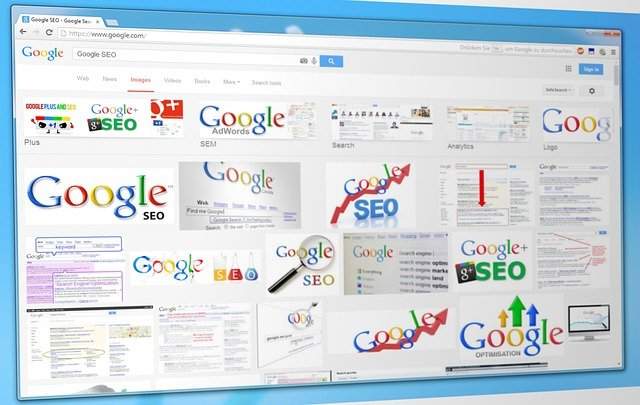
Images make the content more appealing, understandable, and accessible. Not just that but they are also crucial for SEO. Google has filters, attribution, and metadata to recognize an image. It means that the image can provide contextual details to the search engines. Besides, a well-optimized image increases the speed of a loading page. It also boosts the site’s engagement and rankings.
What is Image Optimization?
Image optimization entails the creation of images with perfect resolution, size, and format. The image has to be labeled so the search engine crawlers can pick it up and comprehend the context of the content. The images on the website impact the site performance profoundly, as they consume bytes more than other parts of a web page.
Your web page loads more quickly if you reduce the image size without jeopardizing its quality. Similarly, proper labels and accurate format can do wonders in terms of the site’s visibility and ranking.
How to Optimize Images for SEO?
Here are a few image optimization tips by Ethan from JaalaTEK, a local SEO company in Canada:
Pick the Image Carefully
It is prudent to opt for original images, i.e., images you have created on your own. For instance, your team page should include genuine pictures of your team rather than random people on stock photos. Similarly, your content, i.e., blogs or articles should have a relevant image instead of a random photo.
If the blog is about exercise, the image should depict it. Do not add a random image just to meet the SEO requirements. However, if you do not have an original image, stock photos are still not the way to go. There are many other image sources that contain Creative Commons images.
Pick the Ideal Image Size and Format
Many people confuse file size with image size. The image size includes its dimensions, like 800 by 480 pixels. Whereas, file size refers to the space taken by the image on the server and is represented in kilobytes. The high-resolution images might look appealing to you, but they increase the page’s loading time. The same goes for large dimensions.
However, the image size should not be reduced to the extent that it compromises its quality. Moreover, the standard image size is different for different platforms. The file format refers to whether the image is in JPEG, GIF, or PNG format. JPEG is a better choice for images having a plethora of colors. Also, this format is more SEO-friendly than others. The file size should not exceed 100KB.
Compress the Image
Images take up a lot of the website’s weight. Experts recommend compressing the images before you upload them on the website. Photoshop is a common software to compress or resize the image, but other tools like TingPNG are also available.
These tools compress the image without compromising the quality. If you are uncertain about whether your images need to be compressed, you can use Google’s PageSpeed Insights tool. It will let you know if the image size is slowing the page loading.
Compressing your image is a better idea, but do not go overboard with it. If you compress the image more than required, its quality will be subpar. If your compression rate is low with high image quality, your file size will still be huge. Photoshop offers you the ‘save for web’ option, which takes care of the file size and the image quality.
Give Captions and Alt Text
Alternative text, better known as Alt text, is the image’s description. This text is for people using screen readers, the assistive software for visually impaired users. Browsers also display this text when the page is unable or taking time to show the images.
Alt-text is also used by the search engine to understand the context of the image. It should be focused, content-relevant, short, and inclusive of the keywords. As for the caption, it is the text given below the image. This text is important because people generally scan the captions along with the headings and images while perusing a web page.
Change the File Name
You have to work on the name of the image file as well. A file name should not be something like IMG_633018. The file name should include the keyword and be descriptive. The file name also enables the crawlers to understand the image’s subject.
Moreover, the file name should not be too generic. For instance, if you are running a coffee-related website, the file image name cannot be just ‘coffee’. Every second picture can be named as such. So, be specific when naming the image.




More Stories
How Can You Create a Modern Workspace with Stylish Partitions?
How Do You Choose the Right Divider for Your Office Layout?
Fire Opal: Unveiling Healing Properties and Everyday Uses